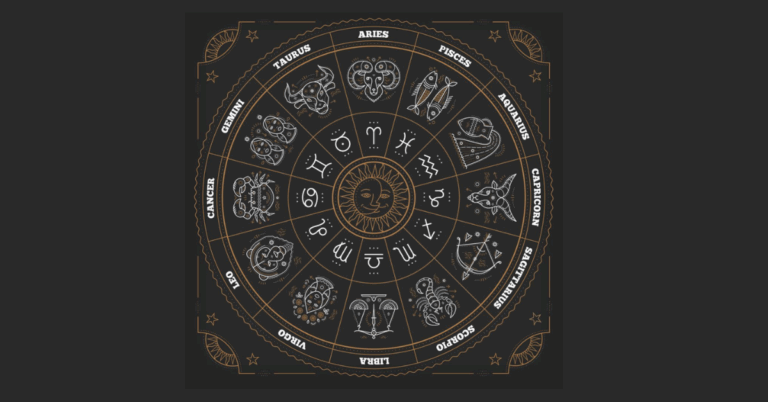Best Helmets: Your Complete Guide to Choosing the Right Helmet
Safety is non-negotiable when it comes to two-wheelers, bicycles, or any high-risk activity where head protection is essential. Best Helmets are the frontline defense against serious injuries and even fatalities. A well-designed helmet not only protects your skull but can also provide comfort, ventilation, and style. With numerous helmet types and features available, selecting the right one can seem overwhelming.
This guide covers the best types of helmets, what to look for when choosing one, how to maintain your helmet, and answers to frequently asked questions (FAQ).
Why Wearing a Helmet Matters
Every year, millions of people suffer injuries due to accidents while riding motorcycles, bicycles, or engaging in other sports activities. A helmet reduces the risk of head injury by distributing the impact force across a larger surface area. Helmets also help avoid direct trauma to the brain and skull, which can be life-threatening.
Governments and traffic authorities globally recommend, or even mandate, helmet use. But beyond legal reasons, wearing a helmet should be a personal commitment to safety.
Types of Helmets
The “best helmet” depends on the activity and personal preference. Below are the major types of helmets categorized by usage:
1. Full Face Helmet
-
Coverage: Covers the entire head, including the chin and jaw.
-
Best For: Motorcyclists, long-distance riders, high-speed travel.
-
Benefits: Maximum protection, good aerodynamics, noise reduction.
-
Drawback: Slightly heavier, can be warmer in hot climates.
2. Open Face Helmet
-
Coverage: Covers the head and sides but leaves the face open.
-
Best For: Urban commuting, scooters.
-
Benefits: Lightweight, better visibility, increased ventilation.
-
Drawback: Less protection for the face and chin.
3. Modular Helmet (Flip-Up Helmet)
-
Coverage: Combines features of both full face and open face helmets.
-
Best For: Touring, flexibility in urban and highway conditions.
-
Benefits: Flip-up convenience, great for riders who wear glasses.
-
Drawback: Slightly heavier due to hinge mechanism.
4. Half Helmet
-
Coverage: Covers top of the head and sometimes ears.
-
Best For: Cruiser riders, low-speed city use.
-
Benefits: Lightest design, maximum airflow.
-
Drawback: Minimal protection, not suitable for high-speed riding.
5. Off-Road Helmet
-
Coverage: Extended chin and visor for dirt and motocross riding.
-
Best For: Dirt biking, motocross, trail riding.
-
Benefits: Better ventilation, visor for sunlight and debris.
-
Drawback: Not ideal for highway use due to noise and lack of insulation.
6. Dual-Sport Helmet
-
Coverage: Blend of off-road and full-face features.
-
Best For: Adventure riders who switch between on-road and off-road.
-
Benefits: Versatile design, offers both comfort and ruggedness.
-
Drawback: Can be bulkier than standard helmets.
7. Bicycle Helmet
-
Coverage: Lightweight, covers the top and sides of the head.
-
Best For: Bicyclists, commuters, mountain bikers.
-
Benefits: Ventilated, lightweight, good visibility.
-
Drawback: Less impact resistance compared to motorcycle helmets.
8. Smart Helmet
-
Coverage: Varies by model; typically a full-face or modular design.
-
Best For: Tech-savvy riders, commuters, and travelers.
-
Benefits: Built-in Bluetooth, GPS, hands-free calling, music.
-
Drawback: More expensive and heavier than standard helmets.
What to Look for When Choosing a Helmet
To ensure you’re picking the best helmet, consider the following factors:
1. Safety Certification
Always check for standard safety certifications. These certifications ensure that the helmet has passed rigorous impact and quality tests. Common certifications include:
-
DOT (Department of Transportation)
-
ECE (Economic Commission for Europe)
-
ISI (Indian Standards Institute)
-
SNELL (Snell Memorial Foundation)
A helmet without certification should never be considered.
2. Fit and Comfort
A helmet must fit snugly without causing discomfort. A loose helmet won’t protect effectively, while a tight one may cause headaches or pressure points. Ensure your helmet:
-
Sits level on your head.
-
Doesn’t shift when you move your head.
-
Doesn’t obstruct your vision or hearing.
3. Ventilation
Good airflow is essential, especially in tropical or hot environments. Look for helmets with:
-
Front, top, and rear vents.
-
Moisture-wicking lining.
-
Anti-fog features.
4. Visor Quality
The visor protects your eyes from wind, dust, and UV rays. Features to look for:
-
Anti-scratch and anti-fog coating.
-
UV resistance.
-
Wide field of view.
-
Compatibility with prescription glasses.
5. Build Material
Helmet shells are made from materials like:
-
Thermoplastic
-
Fiberglass
-
Carbon fiber
-
Kevlar composite
Each material has pros and cons related to weight, durability, and cost.
6. Weight
A good helmet balances safety and comfort. Lightweight helmets reduce neck strain, especially on long rides.
7. Retention System (Chin Strap)
A strong, easy-to-use strap is crucial. The Double-D ring and quick-release buckles are popular retention mechanisms.
Helmet Maintenance Tips
To extend the life and effectiveness of your helmet:
-
Clean it regularly using mild soap and water.
-
Avoid dropping it, as unseen cracks may reduce its effectiveness.
-
Do not paint or stick decals without checking compatibility.
-
Replace your helmet every 3–5 years, or immediately after a significant impact.
-
Store in a cool, dry place, away from direct sunlight or chemicals.
Common Helmet Myths Debunked
-
Myth: Helmets break your neck in crashes.
-
Fact: Helmets are designed to protect your head and neck by absorbing impact.
-
-
Myth: A more expensive helmet is always better.
-
Fact: A certified, well-fitting helmet provides better safety than an expensive, ill-fitting one.
-
-
Myth: You don’t need a helmet for short rides.
-
Fact: Most accidents occur close to home during short trips.
-
FAQ: Best Helmets
Q1. How do I know if a helmet fits properly?
A good fit should feel snug all around your head without pressure points. It shouldn’t wobble or move when you shake your head. Use the brand’s size chart to measure your head circumference before buying.
Q2. How often should I replace my helmet?
Generally, helmets should be replaced every 3–5 years. However, if it’s involved in a crash or dropped hard, replace it immediately, even if no damage is visible.
Q3. Are lighter helmets less safe?
Not necessarily. Lightweight helmets made from advanced materials like carbon fiber can offer excellent protection. Focus more on safety certifications than just the weight.
Q4. Can I wear a helmet with glasses or sunglasses?
Yes. Look for helmets with eyeglass-friendly padding and wide visors. Modular helmets are especially convenient for glasses users.
Q5. Are there helmets made for different weather conditions?
Yes. Ventilated helmets are ideal for hot climates, while helmets with fog-resistant visors and insulated padding are great for colder environments.
Q6. Is a full-face helmet better than an open-face one?
Full-face helmets provide more protection, especially for the chin and jaw. However, open-face helmets may be more comfortable for short city commutes in hot weather.
Q7. Can I use the same helmet for both biking and motorcycling?
No. Bicycle helmets and motorcycle helmets are built for different impact levels. Always use the helmet designed for the specific activity.
Conclusion
Choosing the best helmet is a mix of finding the right fit, ensuring safety certification, and picking a design suitable for your activity. Whether you’re riding through city traffic, exploring mountain trails, or cruising on highways, your helmet is your most critical gear. Don’t compromise on quality, even if it costs a bit more—it’s an investment in your safety and life.
Always remember: your head deserves the best protection. Make wearing a helmet a habit, not an option.







